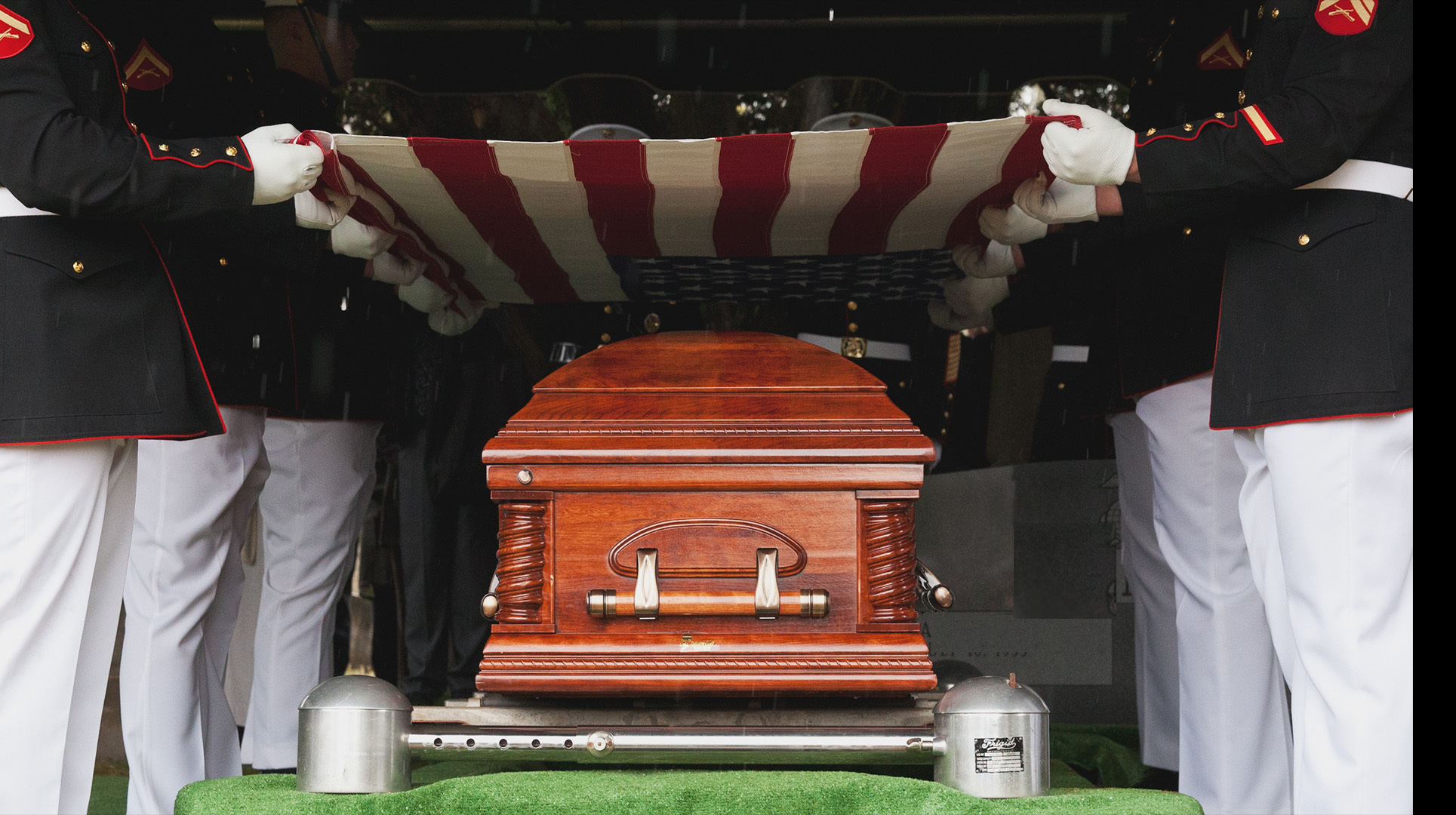

Suicide rates for active duty troops increased in the Marine Corps, Navy and Air Force, while rates decreased by more than 10% in the National Guard and Reserves, according to the Department of Defense’s 2022 suicide report released Thursday.
“We aim for a decrease in longer term trends and we’re not there yet,” said Dr. Liz Clark, director of the Defense Suicide Prevention Office. “These year to year comparisons are planning preliminary insights and have limited reliability and helping us understand the overall trends in military suicide rates.”
At a press conference to announce the report’s findings, defense officials said the services are in the midst of hiring 2,000 behavioral health personnel that troops can turn to. They are also studying the effectiveness of policies on safe storage of private firearms, which continue to be the leading method of suicides among troops and their family members.
Researchers found that 61 Marine Corps personnel died of suicide in 2022, a jump from 43 the year before, the largest increase among any service in terms of both percentage and actual deaths. Between 2021 and 2022, the Air Force saw an increase from 51 to 64 and the Navy from 59 to 71 suicides.
Meanwhile, the Army saw a decrease from 175 suicides in 2021 to 135 in 2022.
Subscribe to Task & Purpose Today. Get the latest military news and culture in your inbox daily.
Across all services, fewer troops died by suicide in 2022 (492) than in 2021 (524). Compared to the rest of the country, military suicide rates for the decade between 2011 and 2021 were “largely similar to the U.S. population,” the report said.
“While we hold ourselves to a higher standard than the civilian population, we are also still dealing with service members that are coming from the civilian population,” Foster said. “We recruit from America. And so we’ve seen these challenges increase, especially in the most recent years in the civilian population.”
Demographically, suicide rates were highest among male enlisted servicemembers younger than 30, researchers found. Nearly half of the suicides among military members in 2022 involved troops who had been diagnosed with behavioral health issues or were having problems with a relationship.
Firearms continue to be the leading method of military suicide deaths, the report states. Following an independent panel’s review of the military’s suicide prevention efforts, the DOD is looking at a number of firearm safety measures like safe storage.
Foster said the DOD needs to increase spending on preventative measures to ensure that the policies are being communicated effectively and that service members understand them.
Many of the policies being considered address guns on military installations with barracks, dormitories and military housing when a child resides in the housing, Clark said. The report also found that 87% of military suicides occurred in the U.S. and nearly half took place in private residences.
When it comes to firearm safety off base, the DOD faces a challenge in collecting data used for policy-making. Foster pointed to legal restrictions that “make it impossible” to ask service members about their approach to gun safety and storage of personal weapons off-base, even on anonymous surveys.
“That’s part of why a lot of our efforts are focused on servicemembers that reside on the installation, although we do recognize there’s a gap for those that live off base,” Foster said.
To address off-base gun owners, the DOD is engaging with Congress on legislation that would allow the Pentagon to gather data and “ensure lethal means safety programs are effective,” Foster said.
Another key question researchers don’t have answers for is if weapons that troops purchase on-base often end up being used in suicide deaths.
A recommendation to implement waiting periods for firearm and ammunition purchases was shelved because of the lack of data.
Before putting restrictions in place at military bases, the DOD needs to see if it’s going to make a “demonstrable difference” in suicide prevention, Foster said.
“Service members are in the unique situation where they can often purchase a firearm at an exchange, but they can also then just go off base and purchase a firearm at a private retailer,” she said.
For the Reserve and National Guard, suicide rates decreased by 12% and 18% between 2021 and 2022, according to the report.
“While we are cautiously encouraged by some of these numbers, we need to see sustained long-term changes in the trend to know if we’re truly making progress,” Foster said.
Among 1,287 reported suicide attempts in 2022, 31% were female and 69% were male servicemembers. Among the nonfatal suicide attempts, many turned to poision (drug or non-drug related) as their method.
The data on suicide attempts is collected by a Department of Defense Suicide Event Report survey which is completed voluntarily so Clark noted that it’s “likely not all attempts” from that year.
For military family members, suicide rates decreased overall but still remains an issue among military spouses.
“What stands out is a higher proportion of female spouses that use firearms as a means for suicide comapred to adult women in the U.S. population,” Clark said. “This continues to underscore the relevance of secure storage and lethal means safety initiatives for military families.”
Other of the ongoing suicide prevention efforts highlighted by the report include: removing stigmatizing language from policy documents, examining safe storage policies with federal agencies and implementing a method for servicemembers to request mental health evaluation referrals.
The latest on Task & Purpose
- A guide to every beret worn by American service members
- Army general says moldy barracks are a ‘discipline problem’
- Best of the bad: What was the best C-ration during the Vietnam War?
- How rank and rate works in the Navy
- $1.3 billion in Army spare parts found in ‘critical’ shape, IG reports
